Projects
Vision-Driven Robotic Manipulator: A Gateway to precision-based Automation
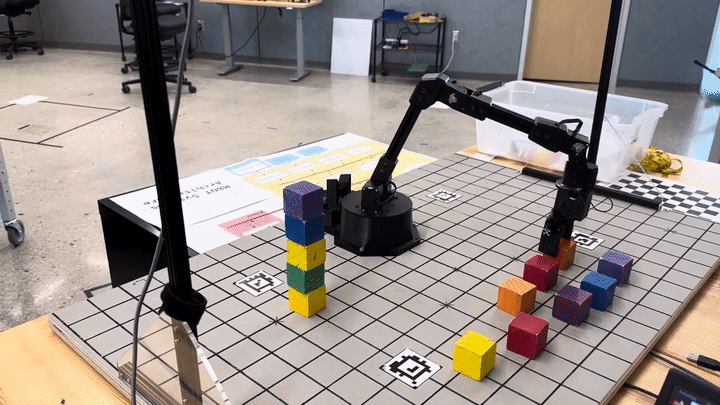
Hover over this text to see more details!
Project Overview:
 OpenCV
OpenCV
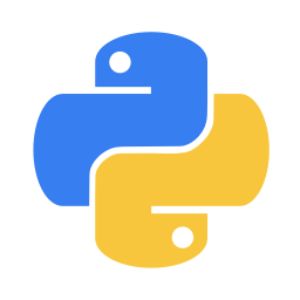 Python
Python
 PyTorch
PyTorch
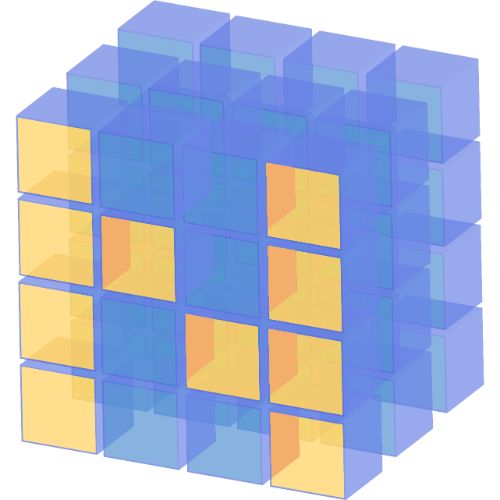 NumPy
NumPy
Robot Localization: Kalman Filter and Particle Filter
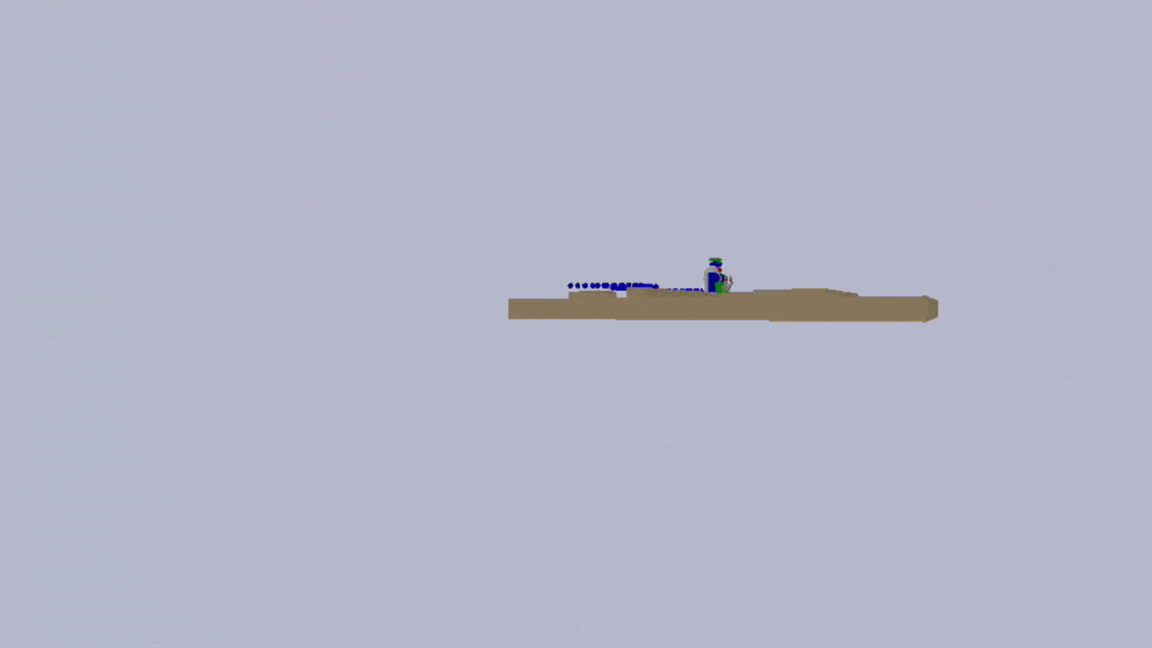
Hover over this text to see more details!
Project Overview:
 Python
Python
 PyTorch
PyTorch
 NumPy
NumPy
 Pybullet
Pybullet
Autonomous Robot for Warehouse-Like Environment
Hover over this text to see more details!
Project Overview:
 Python
Python
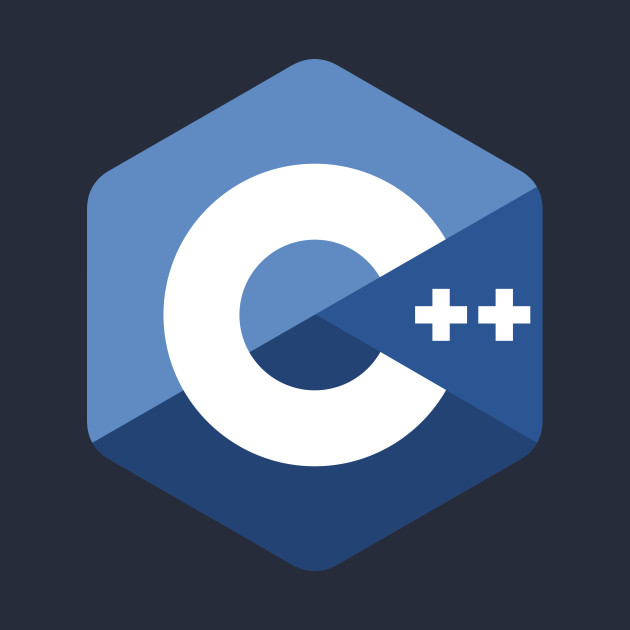 c++
c++
 NumPy
NumPy
 Pybullet
Pybullet
 PyTorch
PyTorch

 git
git
Evaluation of grasp stability using friction cones for Kuka Robot
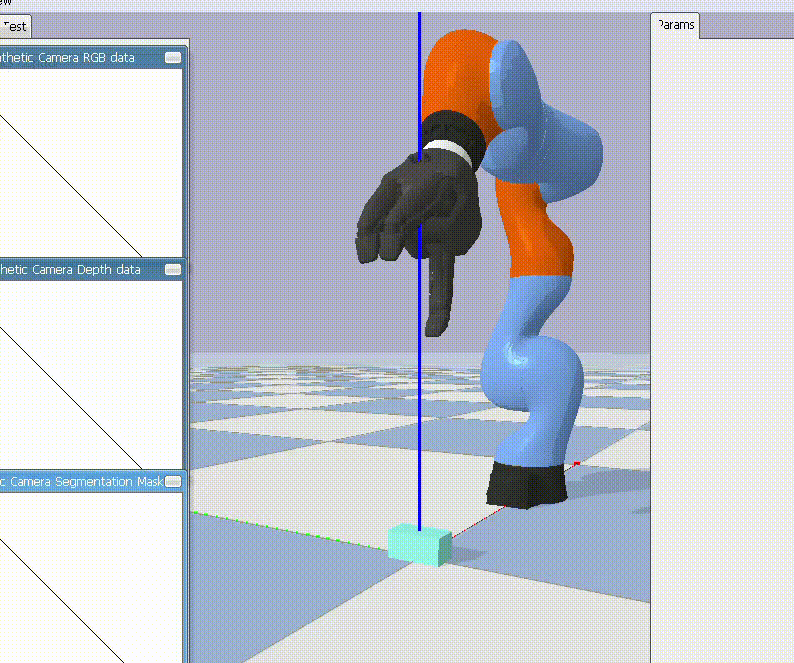
Hover over this text to see more details!
Project Overview:
 Python
Python
 PyTorch
PyTorch
 NumPy
NumPy
 Pybullet
Pybullet
Object Detection in Cluttered Environments with RPN and Mask R-CNN
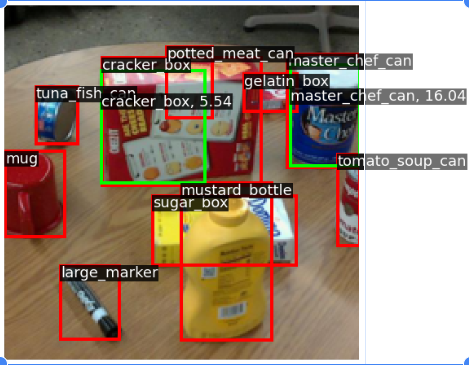
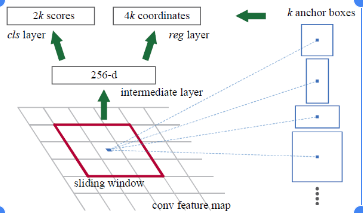
Hover over this text to see more details!
Project Overview:
 Python
Python
 PyTorch
PyTorch
 NumPy
NumPy
 Pybullet
Pybullet
Robotic Manipulation: A Model-Based Approach for Dynamic Planning and Control
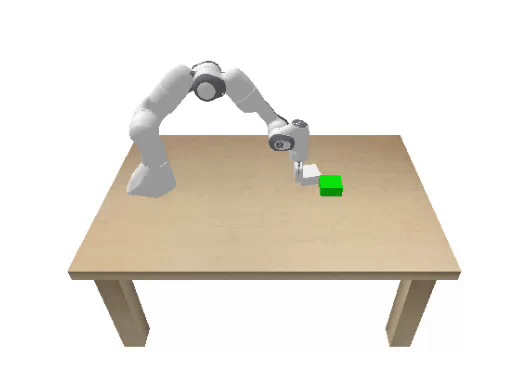
Hover over this text to see more details!
Project Overview:
 Python
Python
 c++
c++
 NumPy
NumPy
 Pybullet
Pybullet
 PyTorch
PyTorch
